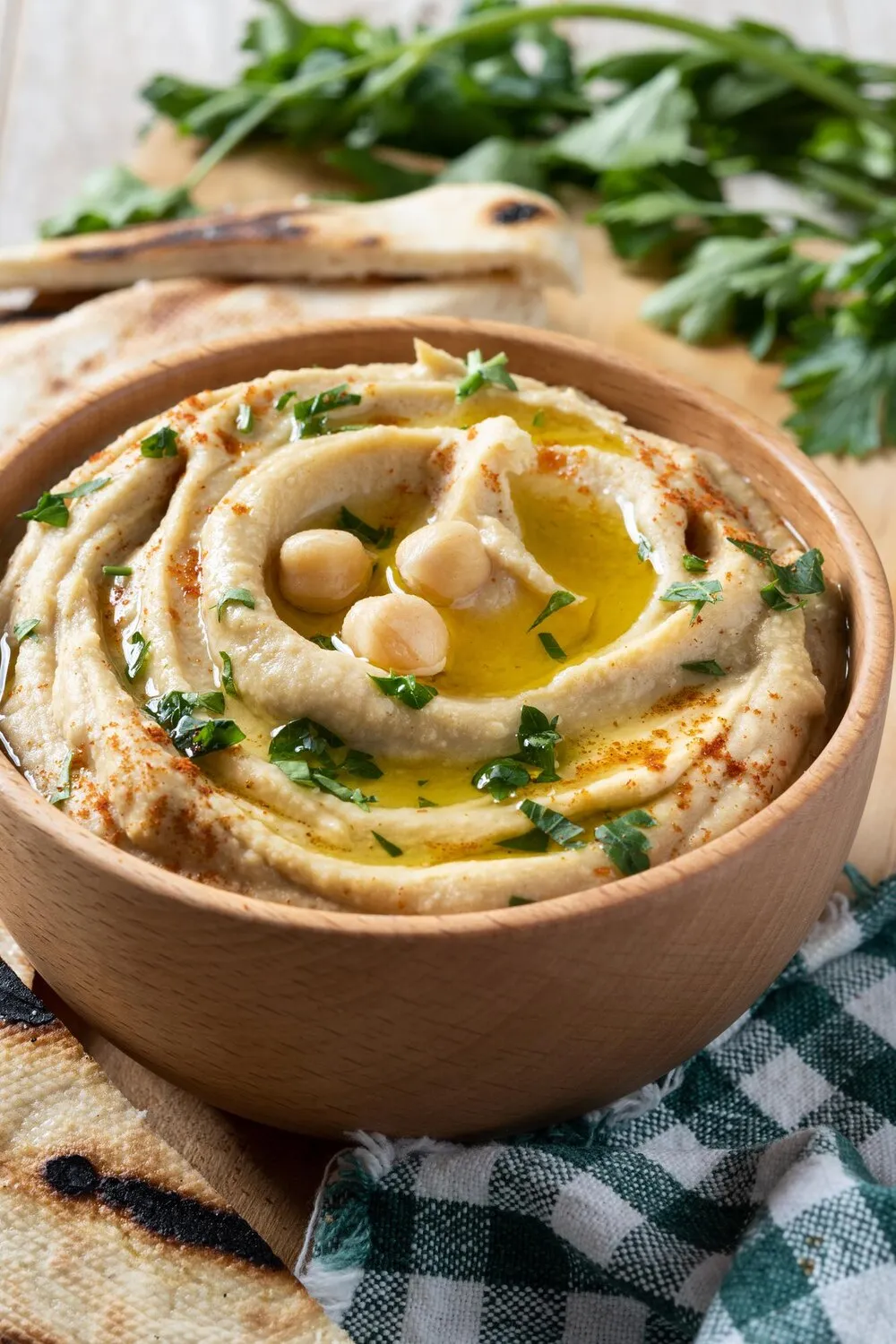
Esfiha
Traditional open-faced meat pie. Niazi is known for its esfiha.
Nutrition Facts
* The % Daily Value (DV) tells you how much a nutrient in a serving of food contributes to a daily diet. 2,000 calories a day is used for general nutrition advice.
Esfiha's origins can be traced back to the Levant (Lebanon and Syria), where it evolved from lahmajun, a thin flatbread topped with minced meat and spices. The dish spread throughout the Ottoman Empire and later was brought to Brazil by Levantine immigrants in the late 19th and early 20th centuries, where it became incredibly popular and adapted to local tastes.
Esfiha holds cultural significance as a popular and accessible street food in many Middle Eastern countries, particularly in Lebanon and Syria. In Brazil, it has become deeply ingrained in the culinary landscape, enjoyed as a snack, light meal, and party food.
Street Food Staple
In the Levant, Esfiha is a common street food, readily available from bakeries and vendors. It's a quick and affordable meal option.
Brazilian Adaptation
In Brazil, Esfiha has been adapted to suit local palates, with variations including chicken, cheese, or vegetable fillings. It is widely available in bakeries, restaurants, and fast-food chains.
Social Gathering Food
Esfiha is often served at parties, gatherings, and family meals. Its small size and portability make it ideal for sharing.
Niazi's Reputation
Niazi is known for the quality and flavor of its esfiha, likely employing traditional recipes and techniques that contribute to a distinctive and appreciated taste, though specific details of Niazi's esfiha recipes are unknown to me.
Esfiha offers a savory and slightly tangy flavor profile, primarily driven by the seasoned meat filling and the often tangy addition of lemon juice or yogurt. The dough contributes a subtle yeasty backdrop.
The main flavors come from the ground meat (typically beef or lamb, or a combination), which is seasoned with a blend of spices like cumin, coriander, paprika, allspice and sometimes a touch of cinnamon. Onions and tomatoes are commonly included for moisture and sweetness. A signature element is the inclusion of tahini, yogurt, or lemon juice which adds a creamy, tangy counterpoint to the savory meat. Some variations include pine nuts or other nuts for added texture and flavor. The dough itself usually provides a subtle yeasty, bready flavour.
Dough Consistency
The dough should be soft and pliable, but not too sticky. Over-kneading can result in a tough Esfiha. Rest the dough well to allow gluten development.
Filling Moisture
The meat filling should be moist but not overly watery. Drain any excess liquid before adding it to the dough to prevent a soggy base.
Baking Temperature
Bake the Esfiha at a high temperature to ensure a crispy crust and well-cooked filling. Keep a close eye on them to prevent burning.
Flavor Balance
Taste the filling before adding it to the dough and adjust the seasonings as needed. The balance of savory, tangy, and spicy flavors is key to a delicious Esfiha.
Explore additional Middle Eastern dishes and restaurants
Explore Middle EasternDiscover top dining spots and culinary experiences in Rio Claro.
Explore Rio ClaroLearn more about the food culture, restaurant scene, and culinary heritage of Brazil.
Explore Brazil